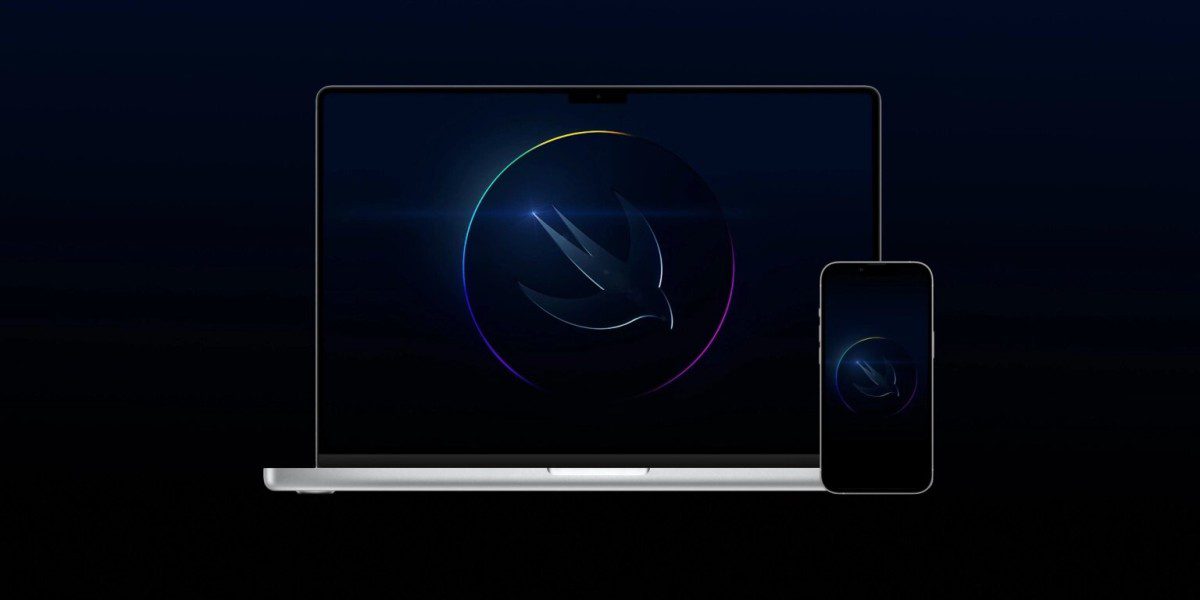NASA selects a SiFive RISC-V for the computer that will take us to Mars

A SiFive RISC-V chip will be the main processor for NASA’s recently announced High-Performance Space Flight Computer (HPSC). This computer system will form the backbone of future manned and unmanned missions, including those of the Moon and Mars.
Computers are key in space missions and they will be much more so if we want to reach Mars and beyond. NASA is developing a new space computer and the main microprocessor will be provided by SiFive and Microchip.
The HPSC processor will replace the aging BAE RAD750 under PowerPC architecture that was introduced over two decades ago and has flown countless space missions, including the Curiosity and Perseverance Mars rovers and the James Web Space Telescope.
SiFive assures that the 12-core processor that it is designing together with Microchip will multiply the performance by 100 than its predecessor, while offering superior power efficiency thanks to its ability to power down multiple sections of the chip when not in use. This performance is important for new missions, in flight, guidance or communications applications. More in detail, eight HPSC processor cores will be for SiFive’s AI/ML-optimized processing, in addition to four general-purpose RISC-V CPU cores.
However, beyond sheer performance, chips destined for outer space must contend with harsh operating conditions. Architecturally, the SiFive design benefits from the manufacturer’s experience in developing chips for automotive applications. «The automotive industry has very similar type requirements when it comes to high reliability, fault tolerance, and functional safety.”they explain.

The advantages of RISC-V
RISC-V is a project that emerged from the California University of Berkeley, whose main objective is to develop what is currently the most promising Open Source processor in the industry. A new open source chip design based on RISC architecture that offers a cheaper (and open) way of manufacturing semiconductors for current applications and all the new technologies that are coming for autonomous vehicles, Artificial Intelligence, Virtual Reality or data centers.
and space flights. RISC-V has attracted considerable attention and hundreds of millions of dollars in investment in recent years, thanks in part to the open, free, and lightweight nature of its ISA architecture, which features less than 50 instructions where official and third-party extensions can be added to provide more instructions to a CPU core, to suit any operating requirement.
In addition to an open, royalty-free ISA and corresponding chip-hardening treatment (mainly against radiation) required by space fairing semiconductors, NASA’s choice to opt for a RISC-V design also has to do with the fact that this architecture will have a huge developer base 10, 15 or even 20 years from now the next-generation computer is expected to last.
“This next-generation spaceflight processor will have a tremendous impact on our future space missions and even technologies here on Earth.”explains Niki Werkheiser, director of technology at NASA. “This effort will amplify the capabilities of existing spacecraft and enable new ones, and could ultimately be used by virtually all future space missions,” assured.

RISC-V to space! A new leap for this promising architecture that will become the star of Open Source hardware. Path and more information | The Register



